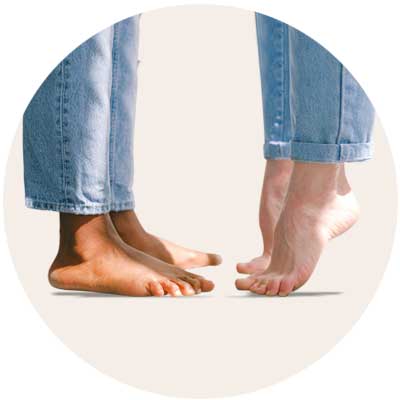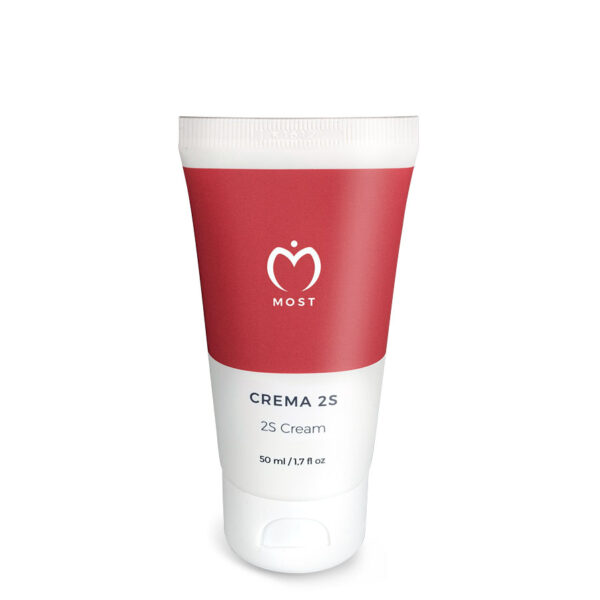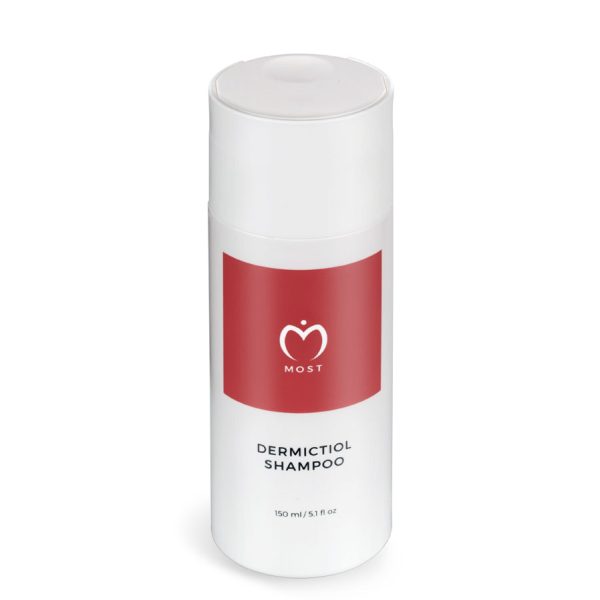
What is cradle cap?
Cradle cap, also known as milk crust or infantile eczema, is very similar to seborrheic dermatitis. It causes the formation of yellowish, greasy scales to stick to the scalp and hairline. These itchy plaques can be very difficult to remove. Sometimes, the eyebrows and the retroauricular part of the ears are also affected by dermatitis. Cradle cap often regresses on its own.
What are the causes of cradle cap?
Cradle cap is likely caused by residual maternal hormones that overstimulate the infant’s skin and glands leading to scales forming. There is no evidence to support a connection between food intolerances and allergies, such as those to milk protein or lactose. Similarly, a potential link between milk crust and gas colic and diarrhea is also not scientifically supported.
How to treat cradle cap
Cradle cap tends to resolve itself spontaneously. As it is not a disease, no treatment is required, but remedies such as the application of specific products and ointments can be used to help remove the scales and reduce discomfort.
- For washing the hair it is recommendedDermictiol Shampoo, a gentle reducing agent that also reduces itching.
- To encourage scale detachment, apply 2S Cream.. 2S Cream contains a low concentration of active ingredients such as sulfur and salicylic acid that help scale removal.
Massage a peanut-sized amount of 2S Cream into the affected area every evening and leave to act overnight. Wash the scalp the following morning with Dermictiol Shampoo,a gentle, antipruritic reducing agent. Do not be alarmed if hair comes away alongside the plaques; the hair follicles are still active and new hair will soon grow.
This routine can be repeated twice a week.
Do not try to remove the cradle cap with fingernails. This causes further inflammation and will hurt the baby. Do not use emollient oils or cream, as they will not help the condition and could make it considerably worse.












